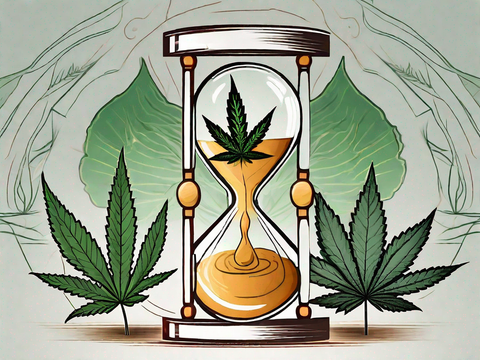
Understanding Tolerance Breaks
Understanding Tolerance Breaks
Complete a 7 Day Tolerance Break in only 1 Day, LEARN HOW.
As an experienced user or a newbie to the world of substances, you might have heard the term 'tolerance break.' This concept is not only applicable to the realm of substances but also to various aspects of our lives. But what exactly is a tolerance break? Let's delve into it.
What is a Tolerance Break?
A tolerance break, often abbreviated as a 'T-break,' is a period of time where an individual voluntarily abstains from a substance or activity to decrease their tolerance to it. The purpose of this break is to reset the body's response to the substance or activity, making it more effective when resumed.
Most commonly, the term is used in the context of substance use, particularly in relation to cannabis. However, the concept can be applied to many areas of life, including caffeine consumption, alcohol, and even digital media use.
Why Take a Tolerance Break?
The Science Behind Tolerance
When a substance is used regularly, the body adapts to its presence and adjusts its own natural processes to maintain balance. This is known as developing a tolerance. Over time, the body becomes less responsive to the substance, requiring larger amounts to achieve the same effect.
By taking a break, you allow your body to reset its tolerance levels. This means that when you resume use, smaller amounts of the substance will have a greater effect, making it more efficient and potentially reducing the risk of dependency.
Benefits of a Tolerance Break
Aside from the obvious benefit of reducing tolerance, a T-break can have other positive effects. It can help individuals gain a better understanding of their relationship with the substance, identifying any unhealthy patterns or dependencies. It can also lead to improved mental clarity, better sleep, and increased productivity.
Moreover, a tolerance break can save you money. As your tolerance decreases, you'll need less of the substance to achieve the desired effect, meaning your supply will last longer.
How to Take a Tolerance Break
Planning Your Break
Before starting a T-break, it's important to plan ahead. Decide on the length of your break based on your personal needs and tolerance levels. This could range from a few days to several weeks or even months.
It's also crucial to prepare for potential withdrawal symptoms. Depending on the substance, these can include irritability, restlessness, and changes in appetite or sleep patterns. Having a support system in place can be beneficial during this time.
Staying Committed
Staying committed to your T-break can be challenging, especially if you're used to daily use of a substance. It's important to find healthy ways to cope with cravings and withdrawal symptoms. This could involve exercise, meditation, or engaging in a new hobby.
Remember, the purpose of a tolerance break is not to punish yourself, but to give your body a chance to reset and improve your overall experience with the substance. Stay positive and remind yourself of the benefits you're working towards.
Returning from a Tolerance Break
When your T-break is over, it's important to ease back into use gradually. Your tolerance will have decreased, so starting with smaller amounts will prevent overwhelming your system.
Remember, the goal of a tolerance break is to improve your relationship with the substance. If you find yourself quickly returning to your previous usage levels, it may be a sign that you need a longer break or additional support.
Conclusion
Tolerance breaks can be a beneficial tool for anyone who regularly uses a substance or engages in an activity that the body can build a tolerance to. By understanding the concept of a T-break and how to effectively implement one, you can improve your overall experience and relationship with the substance or activity.
Remember, everyone's experience with tolerance breaks will be different. Listen to your body, stay committed, and don't hesitate to seek support if needed.
